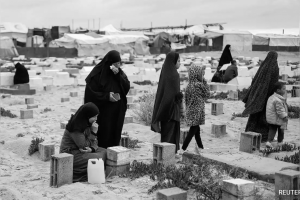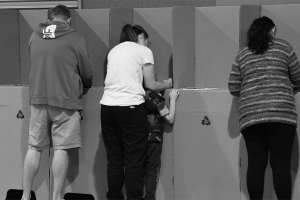World-first dead heart transplant at Sydney’s St Vincent’s Hospital a game changer

Surgeons at St Vincent’s Hospital have made a dead heart beat again and successfully used it in a transplant. Termed as the biggest heart transplant breakthrough in a decade, the successful surgery has profound implications for reducing the shortage of donor organs, the director of St Vincent’s Hospital Heart Lung Transplant Unit, Professor Peter MacDonald said.
Donor hearts from adults usually come from people who are confirmed as brain dead but with a heart still beating. Researchers at St Vincent’s Hospital in Sydney and the Victor Chang Cardiac Research Institute revived and then transplanted hearts that had stopped beating for up to 20 minutes, in what they termed a “paradigm shift” in transplant procedures which could increase the pool of donor organs.
Hearts are the only organ that is not used after the heart has stopped beating – known as donation after circulatory death. Beating hearts are normally taken from brain-dead people, kept on ice for around four hours and then transplanted to patients.

The first person to have the surgery was Michelle Gribilas, 57, who was suffering from congenital heart failure. She had the surgery more than two months ago. Gribilas said she felt a decade younger and was now a “different person”.
Jan Damen, 43, from Elanora Heights, is the second patient, who also suffered from congenital heart failure and had surgery about a fortnight ago. He is still recovering at the hospital.
“I feel amazing,” the father-of-three said. I have to say I never thought I’d feel so privileged to wear the St Vincent’s pyjamas. “I’m just looking forward to getting back out into the real world.”
Heart-in-a-box Procedure
Donated hearts were kept beating in a machine for about four hours before transplantation and were monitored to assess whether they were suitable for the operation, said Professor Peter MacDonald, the leader of the surgical team.
“We’ve been researching to see how long the heart can sustain this period in which it has stopped beating. We then developed a technique for reactivating the heart in a so-called heart-in-a-box machine,” Professor MacDonald said. “To do that we removed blood from the donor to prime the machine and then we take the heart out, connect it to the machine, warm it up and then it starts to beat,” he said.
The new procedure involves a so-called “heart-in-a-box” machine where the organ is kept warm and beating outside the body, bathed in a special preservative solution rich in oxygen and nutrients.
“The incredible development of the preservation solution, with this technology of being able to preserve the heart, resuscitate it and to assess the function of the heart, has made this possible,” said Kumud Dhital, from St Vincent’s Hospital.
Between 2013 and 2014, there were 206 heart and heart-and-lung transplants in the UK but this new development could lead to more donor organs being available, said Professor Peter Weissberg, medical director of the British Heart Foundation.
this new development could lead to more donor organs being available, said Professor Peter Weissberg, medical director of the British Heart Foundation.
“At the moment, hearts are chilled and are not beating when they are taken from the donor. This can cause them to deteriorate. The new technique could increase the number of potential donor hearts,” Professor Weissberg said.
Professor MacDonald explained that the work goes back 20 years. Three heart transplants have so far taken place using the technique and two of the three patients have recovered well – the third is intensive care because the transplant took place within the past week.
Significant development
The breakthrough has been welcomed around the world. The British Heart Foundation described it as a “significant development”. “We look forward to more work being carried out to determine the impact of this technology on increasing the number of organs that can safely be used for transplant and on improving the quality of those organs,” said Maureen Talbot, a senior cardiac nurse. But she added that “it is too early to predict how many lives could be saved through transplantation each year if this technology were to be adopted as standard transplant practice in the future.”




